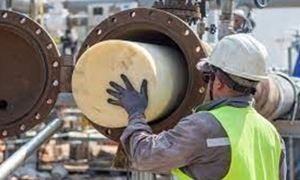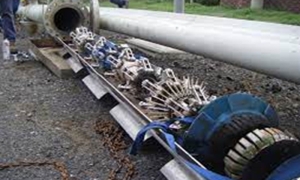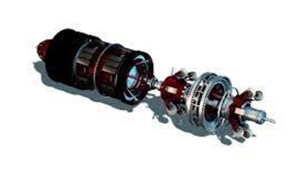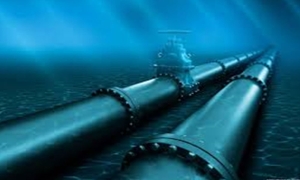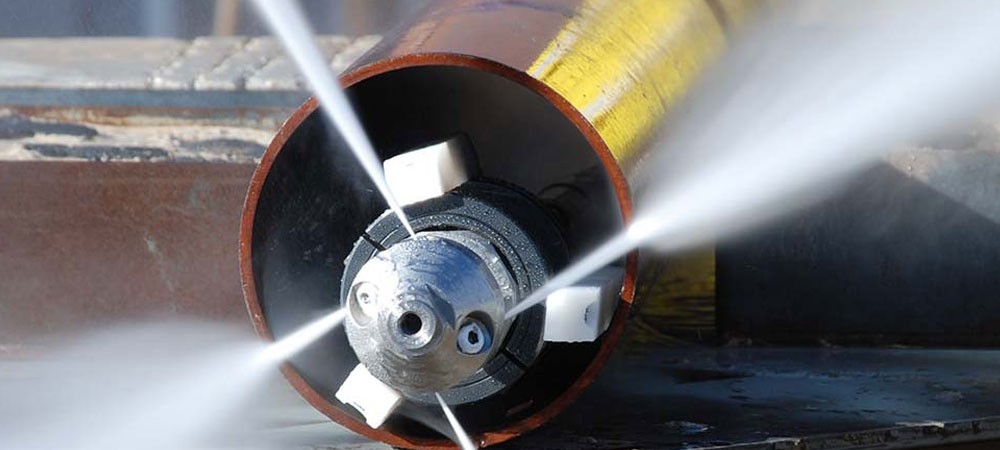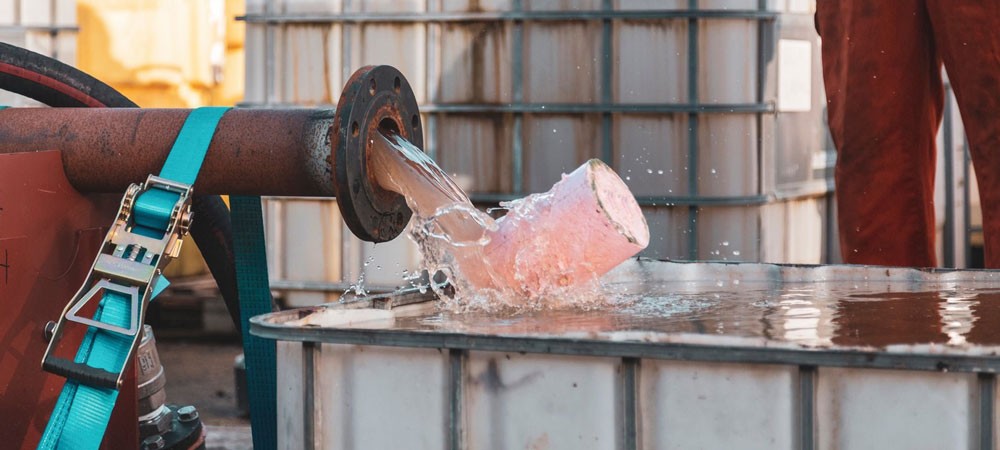Intelligent Pigging
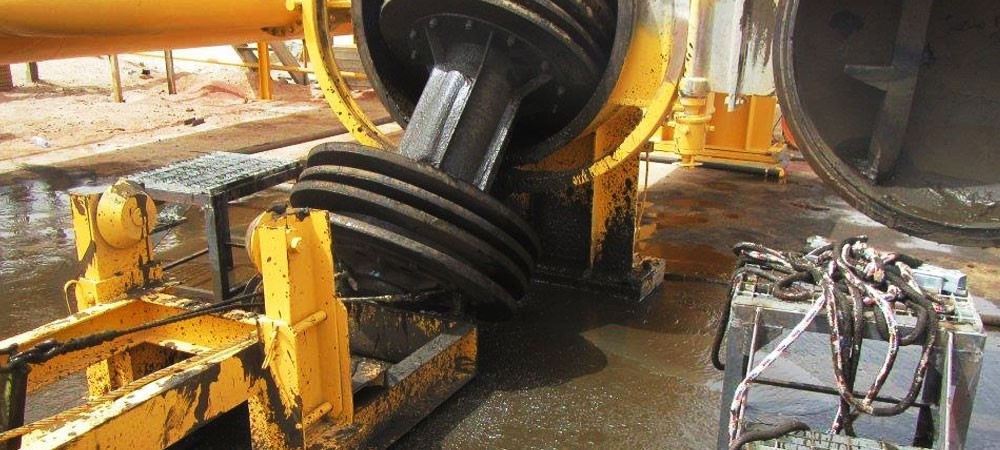
Intelligent Pigging
Intelligent pigs are used to inspect the pipeline with sensors and record the data for later analysis. These pigs use technologies such as magnetic flux leakage (MFL) and ultrasound to inspect the pipeline. Intelligent pigs may also use calipers to measure the inside geometry of the pipeline.
The technology used varies by the service required and the design of the pig; each pigging service provider may have unique and proprietary technologies to accomplish the service. Surface pitting and corrosion, as well as cracks and weld defects in steel/ferrous pipelines, are often detected using magnetic flux leakage (MFL) pigs. Other "smart" pigs use electromagnetic acoustic transducers to detect pipe defects. Caliper pigs can measure the roundness of the pipeline to determine areas of crushing or other deformations. Some smart pigs use a combination of technologies, such as providing MFL and caliper functions in a single tool. Trials of pigs using acoustic resonance technology have been reported.
During the pigging run, the pig is unable to directly communicate with the outside world due to the distance underground or underwater and/or the materials that the pipe is made of. For example, steel pipelines effectively prevent any significant radio communications outside the pipe. It is therefore necessary that the pig use internal means to record its own movement during the trip. This may be done by odometers, gyroscope-assisted tilt sensors, and other technologies. The pig records this positional data so that the distance it moves along with any bends can be interpreted later to determine the exact path taken.
INTELLIGENT PIGGING (UT & MFL)
Intelligent pigging is an inspection technique where an inspection probe known as a smart pig, is propelled through a pipeline while gathering important data, such as the presence and location of corrosion or other irregularities on the inner walls of the pipe. Intelligent pigging provides a method of gauging the performance or effectiveness of the pipe while in service and determines how fit for continued service a pipeline is.
The difference with intelligence pigging is its ability to perform advanced inspection activities as they travel along the pipe, in addition to just cleaning it. Smart pigs use non-destructive examination techniques such as ultrasonic testing and magnetic flux leakage testing to inspect for erosion corrosion, metal loss, pitting, weld anomalies, and hydrogen-induced cracking, among others. They are able to gather data on the pipeline's diameter, curvature, bends, and temperature.
Intelligent pigging provides several advantages over traditional forms of pipeline inspection. The advantages of intelligent pigging are:
- Inspection and detection of the pipeline to assess its integrity assessing the pipeline for damage, such as dents or corrosion.
- Gather valuable pipeline information such as pipeline coating condition, girth weld crack detection, pipeline tally, right of way, topography, and dimensional.
- Maintain continuous and optimum operations through the prevention of corrosion or many unwanted products that affect the flow.
- No service interruption. It allows pipelines to be cleaned and inspected without having to stop the flow of the product.
- Save resources (i.e., time and money) as a pipeline can be completely inspected and cleaned without having to send inspectors down its entire length.
- Displacing product from the pipeline (e.g., to remove hydrocarbons before decommissioning)
The first operation during pre-commissioning is to clean and fill the pipeline. This is usually performed as a single operation. The purpose of these activities is to prepare the line for hydro testing and to ensure that the line is clean for the use of inspection tools, or that at least that debris left over from the construction phase (potentially damaging to the pipeline or associated process equipment) is cleared out. The owner and/or operator of the will generally set criteria for cleanliness depending on the intended purpose of the line.
As would normally be the case in the operational use of pigs for pipeline cleaning, the pigs will be selected based on the perceived duty, and their effectiveness gauged based on the quantities of debris produced into the receiving trap.
INTELLIGENT PIGGING (UT & MFL)
Intelligent pigs are used to inspect the pipeline with sensors and record the data for later analysis. These pigs use technologies such as magnetic flux leakage and ultrasound to inspect the pipeline. Intelligent pigs may also use calipers to measure the inside geometry of the pipeline.
Thus, as the name itself suggests, intelligent pigging helps understand the condition of pipes, alerts regarding spills, and maintains corrosion records. Intelligent pigging quickly measures metal loss internally and externally in a pipe. Moreover, it stores and analyses data for future reference as an added advantage to facilitating precautionary measures. Intelligent pigging also helps in detecting curvatures in pipelines.
Pipelines are a safe, efficient method for conveying high-value commodities, such as oil and gas. However, they are vulnerable to factors such as corrosion and deposits, which can reduce flow rates and cause expensive failures. Currently, to ensure pipeline integrity, cleaning pigs are used to remove deposits, and then intelligent in-line inspection (ILI) pigs are used to detect defects. Conventional ILI inspections cannot be performed frequently, as they are costly and disruptive. This means that pipelines can become susceptible to failure during the long period between inspections. Our smart pigging solutions enable your pipeline to be monitored for defect growth on a regular basis, minimizing costs and reducing risks to your operation.
Pipeline failure can negatively impact production, harm the environment, and endanger lives. The high cost of failure means that operators are more dependent than ever on pipeline inspections. However, it is often difficult to use conventional ILI inspection methods, for example, when large sections of pipelines have complex geometries that are situated in hard-to-reach environments. As conventional inspections can be disruptive, pipelines often go without inspections for years at a time, increasing the risk of failure.
